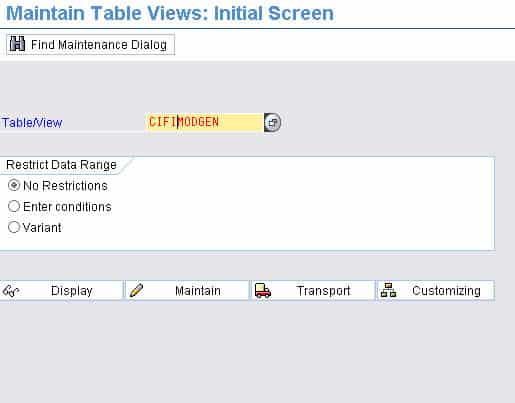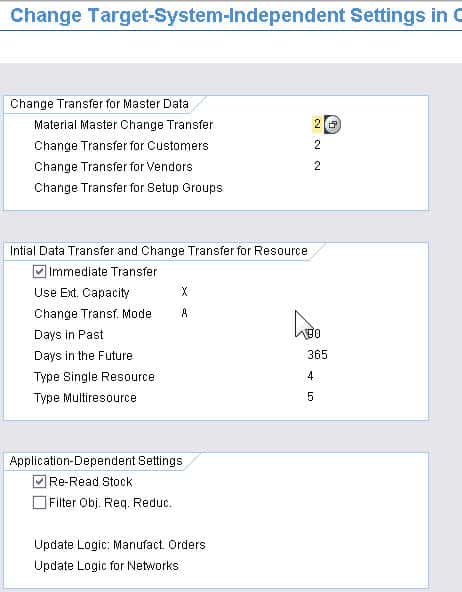How to Understand CIF Change Pointers and Transactions
Executive Summary
- The CIF change pointer is covered in this article.
- ECC systems and services define jobs (SM36)
- There is an organization of the integration model.

Introduction
In this article, we will cover change pointers and what they do.

CIF Change Pointer
The CIF change pointer lists any inconsistent objects it identifies. Here is the path.
Advanced Planning and Optimization – APO Administration – Integration – CIF Compare Reconcile Function – Execute Compare Reconcile
The path for setting background jobs for master data transfer is the following
ECC – System – Services – Jobs – Define Jobs (SM36)
Next enter program RIMODGEN

With master data changes, the system can transfer just the master data records. For a transfer of data changes, you must customize in the SAP ECC system that ALE change pointers are written for master data changes. First, you activate change pointers (BD61)

To initiate a real-time transfer of master data change, use the following transaction… (CFC9)
Integration Model Organization
There should be an organized manner that will make master data integration efficient and concise. SAP recommends organizing the integration models according to the following list:
- ATP Customizing and product allocation customizing
- Plants
- Characteristics and classes
- Material masters and characteristics and classifications
- MRP area
- Planning product
- Availability check
- Product allocation
- Customers and suppliers
- Work centers
- Production Process Models
- Scheduling agreement and contract and purchasing info records
Important Features of the CIF
- In the CIF, you can specify in the integration model that the ATP check in the sales order is to be performed in APO rather than ECC.
- (PP/DS) The lot size always indicator is set in the APO product master. If you do not set the indicator, a lot for lot order quantity is always used in make to order planning, and the system ignores additional constraints. This indicator is transferred via the CIF.
- When data is brought over to SCM via the CIF, it is automatically assigned to the active model (000).
- Inactive models, including any model that we generate, is only used for strategic planning. Planning that has results CIFed back to ECC is only in the active version, hence the name. Also, changes to the inactive models cannot be copied to the active model. Only changes to the active model can be copied to the inactive.
- Even small changes to master data are copied over to the receiving system in an incremental fashion. However, this must be configured properly for SAP to do this. Change pointers must be activated in ECC with transaction (BD61).
Conclusion
We can carry out the real-time changes for the following master data elements with the transaction (CFC9) There is a program that will setup auto data movement for when Material Master, Customer Master or the Vendor Master are created or changed. In the entry screen, you should insert (RIMODGEN) for creating integration models, the variant, counter, Changes to the PPM or production process model can be set up with transaction (CFP3).
Reference
SCM215 Integrated Master Data in SAP SCM
SCM212 Integrated Supply Chain Model SCM250 PPDS